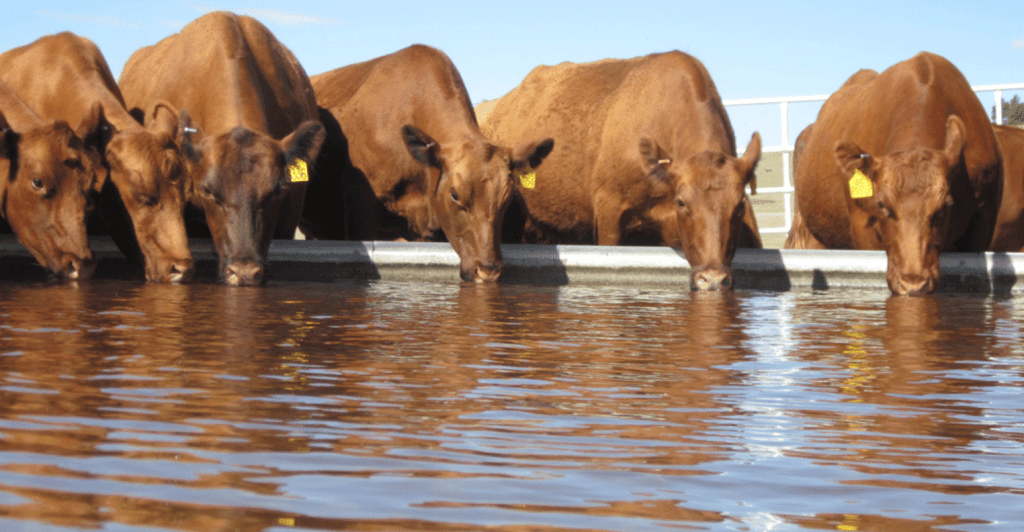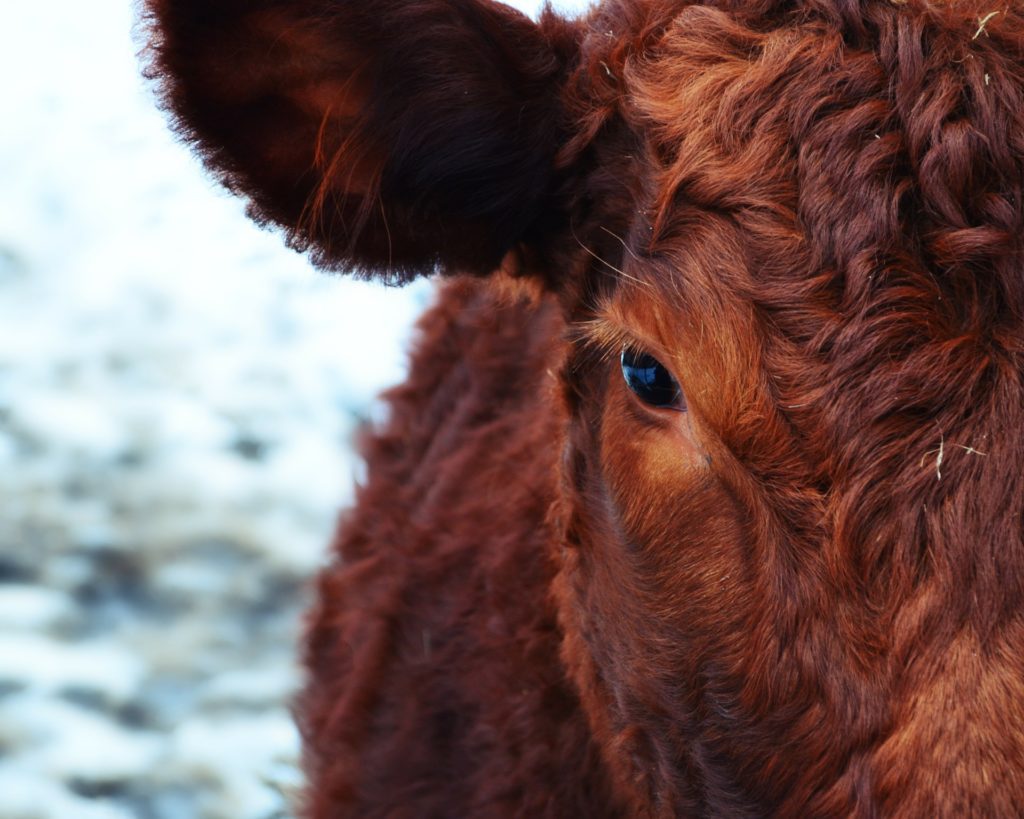Is it possible to combine all economic relevant traits in one package? Maybe so.
Thirty years ago, the beef cattle industry debated whether calving ease and growth could be decoupled. Some animal geneticists shrugged and said “no way.” If we are going to have fast growing cattle, we’ll have to stand more birth weight. Circa the 1980s, many believed that situation to be a permanent predicament.
Fast forward 15 to 20 years of active selection using EPDs, and the industry did produce many bulls in multiple breeds that offered both superior calving ease and excellent growth. The old paradigm was shattered forever.
That reminds me of a quote by James Baldwin: “Those who say it can’t be done are usually interrupted by others doing it.” This quote speaks to the issue of impossibility versus possibility.
In many areas of life and business, there’s an ongoing debate about what is and is not realistic. What cannot be done pitted against what can. Just like the value of EPDs.
There’s yet another can versus can’t discussion active today. Can we truly breed cattle that do almost everything well? Or is doing so impossible?
To break the argument down into simple terms, we will group the economically-important traits into four categories—calving ease, maternal, growth and carcass. These trait groups are presented in the illustration below, with each concentric and larger circle encompassing more traits.
Some breeders today stop at just a couple of these trait groups and suggest that going further in one animal or one herd is just not possible. Others take a different, less limiting view, believing it realistic to combine all the economically relevant traits.
Stepping through the circles
Will the seller receive a reasonably high price for this bull? Unlikely, because he only brings one trait to the table and commercial cow-calf producers are looking for more.
We move next to the green circle, which encompasses both calving ease and maternal traits. There would be additional value in a 2-circle bull that fits this description. He would be more marketable than the 1-circle bull, but probably still wouldn’t bring a high price on sale day, because, again, most producers are looking for more.
The red circle encompasses calving ease, maternal and growth. A bull that legitimately covers those bases is going to attract a lot more attention. More interest = more bids = higher selling price.
Commercial buyers are also going to be more satisfied with a bull like that, and satisfying customers should top the list for seedstock breeders.
Finally, we come to a 4-circle bull that offers a tremendously complete package genetically speaking. Assuming he also has good structure, good feet and a favorable disposition, he should sire both great steers and replacement heifers. He just might top the sale, because he fulfills more commercial cattlemen needs.
The critical question thus becomes: Are 4-circle cattle even possible? Can such cattle be intentionally bred and should they be pursued as part of your seedstock breeding programs?
The 45 highest-selling bulls in the Red Angus breed so far in 2019 tell an interesting story in that regard. These bulls all sold for a $23,228 average and undoubtedly combined phenotypic excellence with a strong package of EPDs. They were indeed 4-circle cattle as a group, averaging in the top 30% for Calving Ease Direct, top 35% for Heifer Pregnancy and Stayability, top 10% for Yearling Weight and the top 10% for Carcass Weight, Marbling and Ribeye area.
The take-away message is that buyers (especially premium bull buyers) are seeking more than one or two areas of genetic competence. They pretty much want it all, which is more closely aligned what 4-circle cattle have to offer.
The human element is always interesting insomuch that what some people believe can’t be done often becomes a motivator for those actively engaged in breaking old paradigms. Creation of 4-circle genetics may be scoffed at by some, but for those making it happen, such opinions are little more than background noise.
August 22, 2019 – By Tom Brink, Beef Magazine
Brink is CEO, Red Angus Association of America (RAAA). Source: RAAA, which is solely responsible for the information provided and is wholly owned by the source. Informa Business Media and all its subsidiaries are not responsible for any of the content contained in this information asset.









